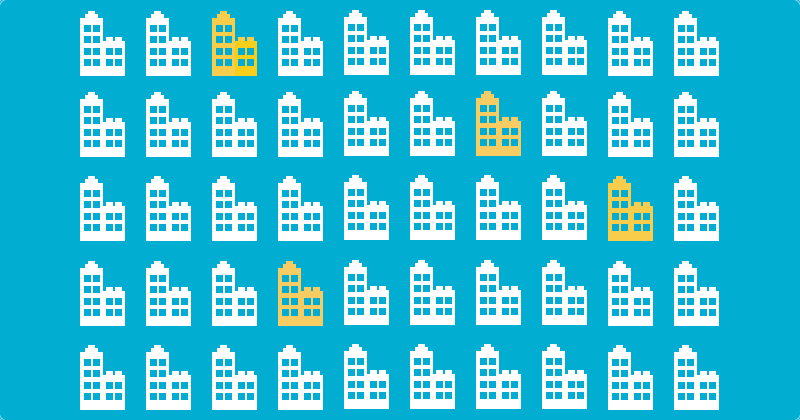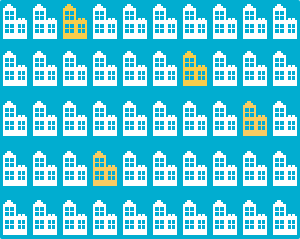This is a very interesting finding, and one that begs the question “why do so many investment firms not calculate their reporting costs?”
There are probably two main reasons why this number is so high;
- The cost of reporting may be difficult to calculate in an old fashioned or legacy set-up
- Reporting is seen as a necessary function, and it can’t be reduced without lowering the quality

Addressing the first point; in a legacy or old fashioned set-up there are many elements of cost that need to be considered. These typically include:
- Technical environment (the live servers, backup servers, databases, connectivity/LANs etc.)
- The IT support team
- The project teams to make any amendments or upgrades required
- The business teams who contribute to and produce the reports
Calculating accurate costs for some of these elements can be quite tricky, because the costs may have to be spread over multiple business teams or functions.
With Reporting as a Service, all of the costs are packaged into a single cost per report. It is a simple and transparent model. You simply multiply the unit cost of each report by the number of reports produced – and that is the reporting costs. Of course, you also have the cost of your reporting team – but that’s a simple number to calculate. Additionally, due to the flexibility and scale of Reporting as a Service, the reporting team will be able to prepare, check, complete and distribute many more reports than is currently possible within a legacy process. Meaning total reporting costs do not increase directly in line with increased volumes.
Moving to the second point; firms may believe that if you lower the costs the quality of service and outputs will reduce. This is not the case. As each new derivation of Reporting as a Service is developed and released, the solution delivers greater function, more effectively and at cheaper cost. Reporting as a Service delivers – a fully automated end-to-end reporting system that brings efficiency, flexibility and scale to a reporting team, and as one of our clients calculated, with an 80% cost saving.
If you are in the 92% of firms that hasn’t looked at the costs of reporting, you may be very pleasantly surprised if you do. You may be able to save money and provide your clients with improved reporting and service.
To find out more about Reporting as a Service please visit our website at www.opus-nebula.com and email [email protected] to arrange a meeting and see a live demonstration of the system.

